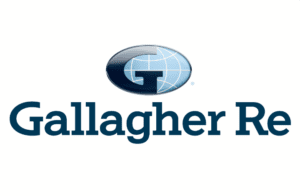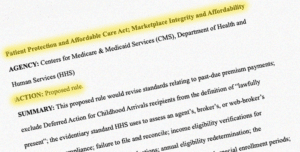The challenge of assessing climate risk

While insurers are in the business of calculating risk and pricing it accordingly, the challenge of assessing the drivers of climate risk through many social, economic, political and environmental perspectives, and how they impact the insurance value chain, is new.
Financial reporting is understandably done against well-established rules and standards. In this case, these have had to been created from scratch, albeit against the backdrop of the work of the Task Force on Climate Related Financial Disclosures (TCFD) and the International Sustainability Standards Board (ISSB). Final guidance on the reporting standard is expected from Te Kāwai Ārahi Pūrongo Mōwaho External Reporting Board (XRB) in December.
The use of scenarios will be central to reporting. Scenarios are a very useful tool against which potential outcomes can be assessed. It’s important to note that they are not forecasts of what will happen, rather they are a set of plausible and coherent narratives that might arise under certain circumstances.
The insurance sector has taken the lead in developing its own set of robust scenarios. By having a shared view of the scenario landscape, individual insurers can assess the risks and opportunities for their own businesses through that lens. This will support consistent and comparable climate change disclosures and support insurers to integrate climate impacts into their strategic thinking enabling them to be more resilient.
Our three scenarios are: an orderly transition to net zero by 2050, a disorderly transition and a hot-house world where too little is done too late. Each scenario is looked at over the short, medium and long-term.
As others within the finance sector do the same, for example banking, then a clearer picture will emerge of how the financial sector as a whole sees the future and each which will influence others’ views as all continually reassess the scenarios. This will help support best practise reporting and better understanding of how to manage change.
The primary user of climate disclosures are investors which includes insurers. That is critical because, if we are serious about transitioning to a net zero world, then the world must undergo fundamental change over the next two decades. That means investment will need to shift away from high carbon emitting activities to low carbon ones.
That transition needs to happen in a way that avoids harmful volatility in the financial sector and instead attracts investors’ funds to finance the transition. This requires future climate related financial risks to be adequately priced and reported transparently and consistently.
Investors need to understand how reporting entities intend to navigate, over the short to long term horizons, the impacts of climate change. They need to see the metrics that demonstrate, or otherwise, that progress is being made. Where data is not available, they need to understand what is being done to address that and the judgements that are being applied.






